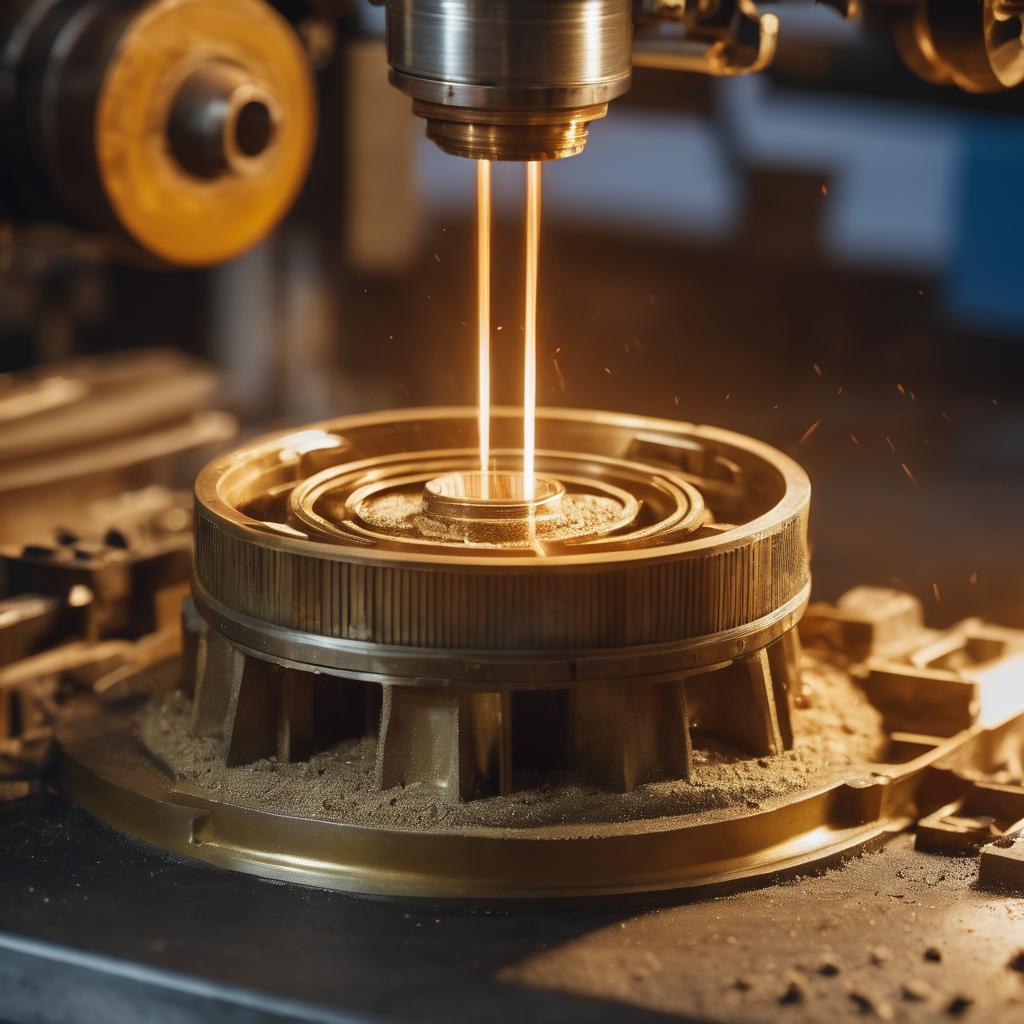Investment castings are best known for their superior quality, fine craftsmanship, complicated forms, precise measurements, and smooth surfaces. Compared to traditional castings or fabricated components, machined investment castings usually require a great deal less machining and other post-cast processing. For this reason, design engineers seeking for lightweight, high-strength components with lower lead times, waste, and energy expenses can choose machined investment castings.
What Does Investment Casting Machining Mean?
The process of cutting and working with raw materials (investment casting blanks) to create a final product is called machining. It is an excellent method to guarantee accuracy for special forms. To produce final machined investment castings that are precise and long-lasting, metalworkers use a variety of techniques, including drilling, cutting, shaping, and grinding.
Process of Machined Investment Castings
To provide the component to the company’s exact specifications, the component must be machined once it has been made, a process known as machined investment casting. The method of encircling a pattern using a refractory substance to make a mould is known as “investment casting.” Melting the wax or 3D printed material pattern leaves a hollow chamber in the mould that is filled with molten metal. The weight of an investment casting can range from several hundred pounds to just a few ounces.
Different Types/Processes
Depending on the intended purpose of the machined investment castings, several machining techniques are required. For numerous safety-critical applications requiring great strength in harsh environmental conditions, for instance, the aerospace and power generation sectors, make use of machine investment castings. Strict tolerances must be attained in these industries by casting and machining the metal components to precise measurements.
Every type of CNC machining operation can produce a specific part shape and surface texture:
- To create a cylindrical shape when turning, material is removed from a spinning investment casting part using a single-edged cutting tool. The feed motion is produced by carefully moving the cutting tool in a path parallel to the investment casting part’s rotational axis. The fundamental motion is produced by rotating the product.
- A circular hole is created by drilling. A revolving instrument with two or four helical cutting edges usually does the job. To create the round hole, the tool is introduced into the investment castings in a direction parallel to its axis of rotation.
- When spinning investment casting part’s hole is produced roughly, plus a tool with just one bent sharp tip is advanced into the hole to somewhat enlarge it improves the precision. This precise finishing process is applied during the last phases of product production.
- One sizing process called reaming involves taking a tiny bit of metal out of a hole which has previously been bored.
- A revolving tool with several cutting blades is gently rotated in relation to the material during the milling process to create a smooth, level surface. The feed motion’s direction is perpendicular to the tool’s rotational axis. The milling cutter rotates to create the speed motion.
- Other traditional machining operations exist as well. Only a CNC machine, which is expensive, could machine the investment castings with high precision dimensions and tolerances.
Benefits of Investment Casting Machining
The precision of machining constitutes one of its primary benefits. The feature or hole needs to be machined if the size and dimension tolerances are too close together for the investment casting method to work. Different casting techniques have varying capacities to meet specific tolerances.
Additionally, machining produces a smoother surface finish that is crucial in applications where the part is intended to form a seal with another assembly or component. Yet, the cost of machining increases when several fixtures and jigs need to be created to mill a part’s various planes. It also takes more time to adjust the machine configuration for every plane that needs to be machined. The cost of secondary machining is eliminated by casting in the feature.
Conclusion
Investment casting is always taken into consideration first when developing and producing a new metal component due to its high precision, minimal material waste, free dimensions, and affordable manufacturing costs. Almost every industry like mining, aerospace, medical, agriculture, pump & valve, etc. uses machined investment casting to produce a wide range of components. A single machining will increase the cost and duration of production. If machining can meet every application’s need, the extra expense involved in doing so is minimal.



